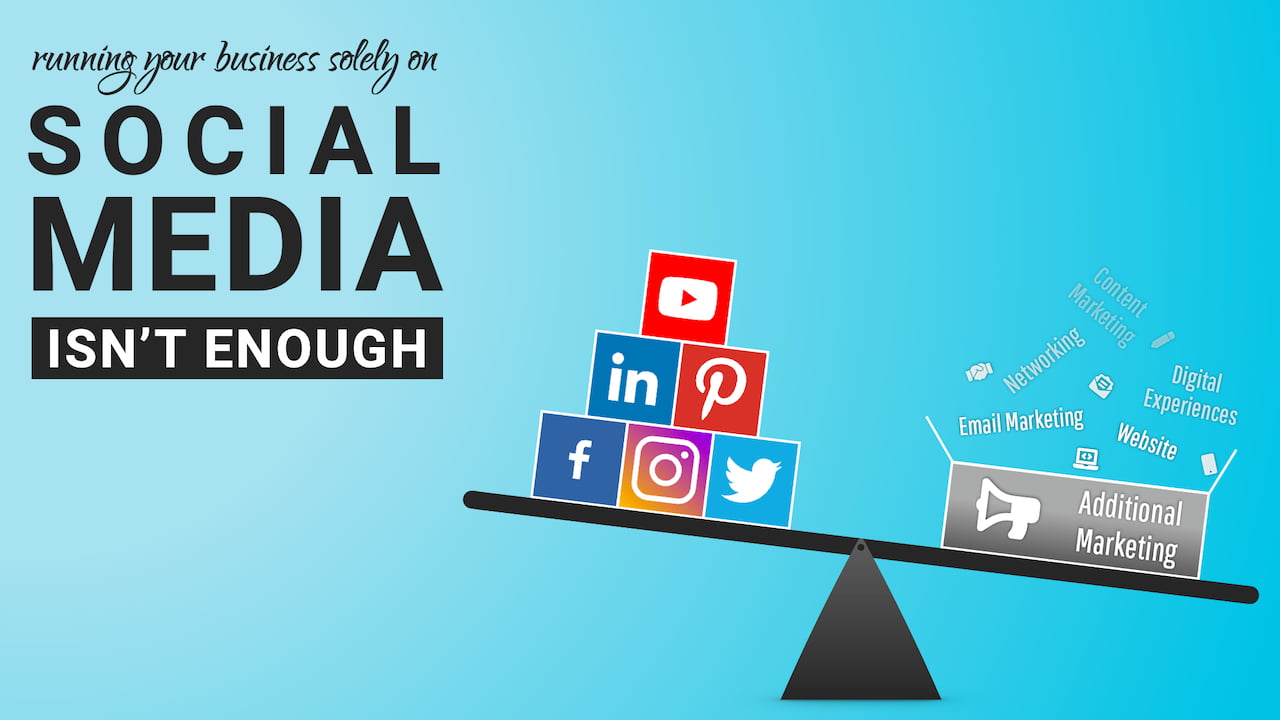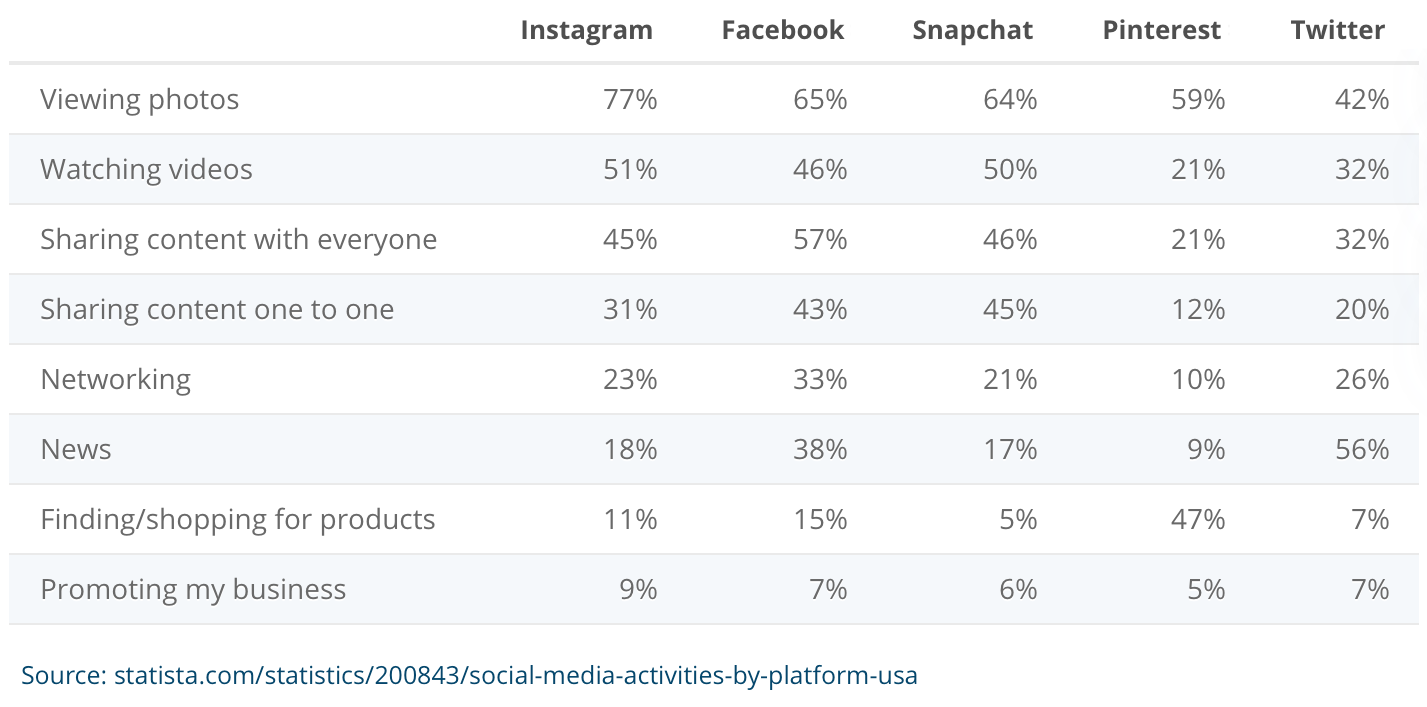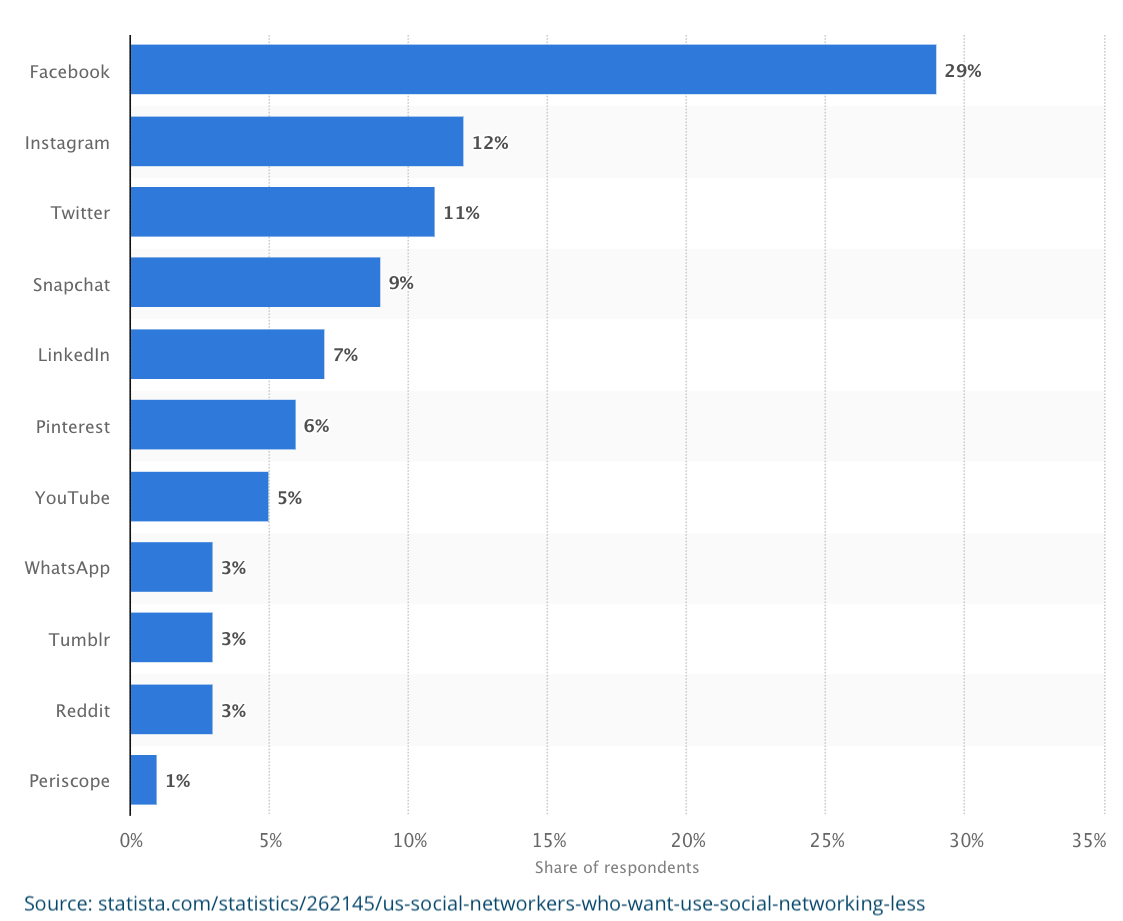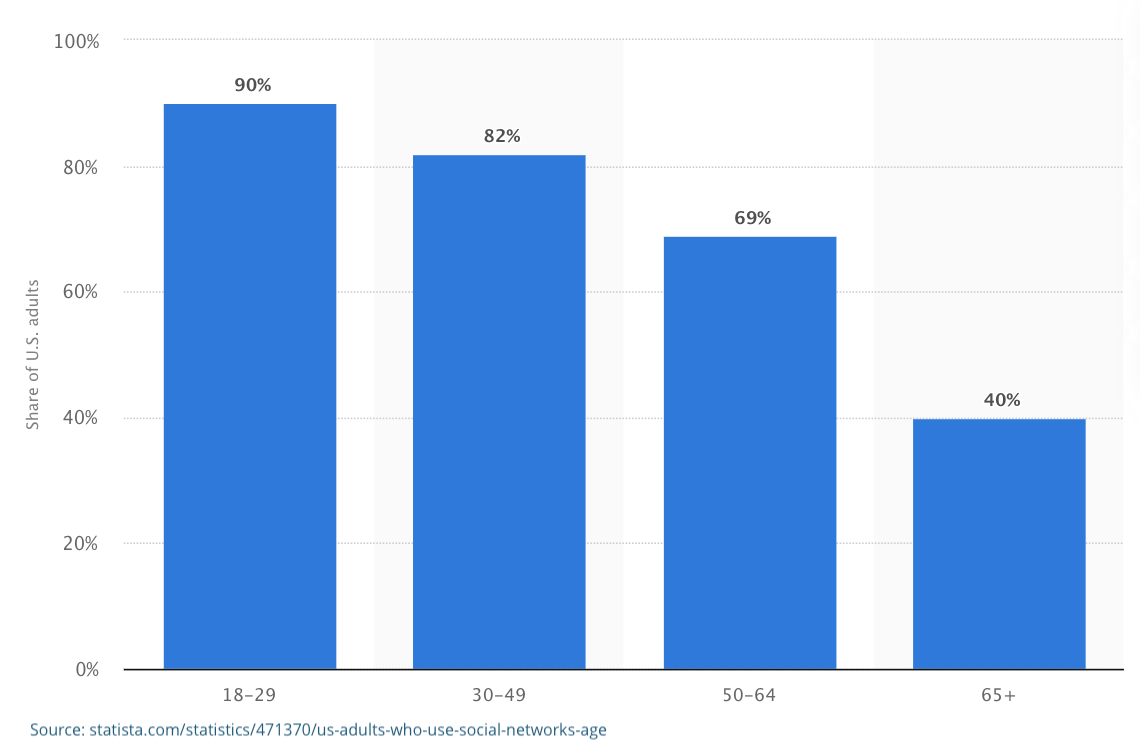Aug 20, 2020 12:00 PM5 Minute Read

Everyone is on social media, right? So creating an account for your business is sure to get you all of the customers you can handle (and more)!
Well, not so fast.
How Is That Possible?
In case you haven't noticed, your customers have opinions. Strong ones. Not just about your business, your products and your services, but also about where they expect to find information and updates about each.
Social media is an obvious assumption for where they might look first, but remember that people use different social networks for a variety of purposes (and that Google is still the most visited website). For example, according to Statista,
Common Social Media Activities by Platform
The point is: while hundreds of millions of people are actively using social media, their primary purpose for using it is unlikely to be finding and connecting with businesses.
Your Customers Have Opinions of Social Media As Well
Social media platforms can often come with assumptions. Who do you picture when you think of the average Facebook and Pinterest user? What about the average Snapchat and TikTok user? Instagram? Twitter? LinkedIn?
Not only do some people feel "they don't fit in" on certain platforms and refuse to join, Statista also reports that a survey conducted in Q3 of 2019 showed that 52% of respondents listed Facebook, Instagram and Twitter as social media platforms they had considered leaving.
Users Who Considered Leaving Social Media
With news of a Twitter hack in July of 2020 and Facebook frequently making headlines regarding user data and privacy concerns, it's understandable why people are second guessing their continued use of large social platforms.
When It Comes to Social, You Need a Strategy
Still, social media is here to stay and, when managed properly, is a huge asset to businesses. But effectively running a social media account takes a lot of time and effort. A lot. A set-it-and-forget-it approach never works, so it's not enough to just sign up for an account and call it a day. Leaving any account dormant can have disastrous results for your business. Why?
Even if you are actively updating your content, are you sure you're on the right platform(s), i.e. where your customers are? Are you reaching them effectively? How do you know? Unless you've gone viral or you're the only show in town, you need to do your research and study your metrics. Success takes work.
Keep In Mind: Not Everyone Uses Social Media
Statista reports that 82% of adults aged 30-49 and 90% of adults aged 18-29 in the United States use some form of social media.
Percent of Adults in the United States Who Use Social Media
That usage rate is incredible, but it also tells us that 18% (nearly 1 out of every 5) of 30-49-year-olds and 10% (1 out of every 10) of 18-29-year-olds don't use social media at all. Even for those who do, there is no guarantee that they are using your platform of choice (unless you choose all platforms, which is unlikely).
But not to worry, customers don't need a social media account to access your public profile, right?
There's a Cost to Admission
Even if your profile is public, it's still likely to be restricted for non-members of your platform.
There are plenty of businesses that overlook the importance of making their social media profiles "public." Those who don't create a cliquey "members only" experience, based not on their brand but on their social media platform. This can be very alienating to customers.
Those who do make their profiles public still limit the amount of information non-platform members are allowed to access.

Why should your customers need to create an account with an unaffiliated third party in order to hear your business' message?
All of This Highlights the Importance of Effective, Unrestricted Communications
The best part of social media is its ability to connect us to nearly everyone and everything. It's also the worst part. Newsfeeds, timelines, stories and moments can bury us in information, especially when throngs of people post content multiple times a day. How far in your post history do you expect people to scroll in order to find what they're looking for? How much information can you cram into a single, pinned post?
So, How Do You Strike a Better Balance?
Websites and blogs need as much attention as social media profiles, so there's no "easy way out" when it comes to your marketing efforts. You still need to keep your content updated, engaging and current while simultaneously making use of other digital and traditional marketing methods: email marketing, mailers (when appropriate), in-person networking, content marketing, SEO, PPC, etc.
If you're looking to create a plan, we're here to help!
 An article by Simplisk | Read More at https://Simplisk.com
An article by Simplisk | Read More at https://Simplisk.com